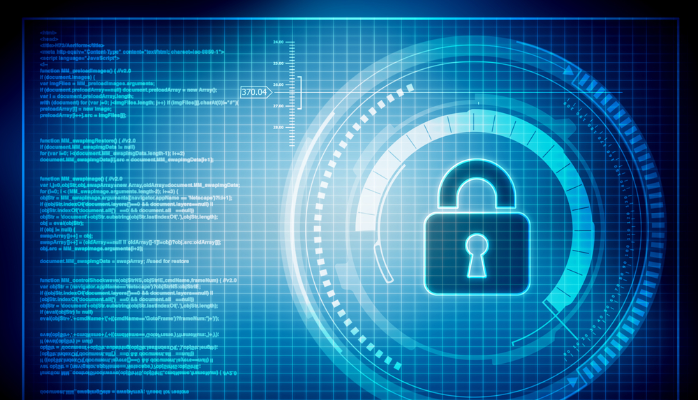Cyberspace as a War Fighting Domain
One of the big challenges that most cyber commanders have, or for that matter anyone who is responsible for protecting cyber systems, is to make the connection between cyber operations and kinetic warfare. The virtual battlefield has many of the elements found in the physical domains of land, air, space, and sea. Deputy Defense Secretary William J. Lynn, III said, “Information technology provides us with critical advantages in all of our warfighting domains, so we need to protect cyberspace to enable those advantages.”
One of the discussions taking place around the world revolves around the fact that the cyber domain is a unique one. There is wisdom is this thought process as cyber demands unique skills sets and capabilities; however, much of the warfare strategies, tactics, doctrines and policies used in the physical domain can be applied to the cyber domain without the need to reinvent the wheel. Our cyber community should leverage these analogies more often.
One of the major changes in thinking coming from the USAF is the acknowledgment that unplugging the Internet due to cyber-attacks is NOT an option and that our cyber commanders must fight through the attacks and continue to be operational regardless of the intensity and sophistication of cyberattacks.
Mission assurance became a key component of any cyber operation. However, in the cyber domain, it remains true that the reaction time is much faster than the other domains. One of the classic shared components is the human interface with the domain and how the private sector can influence and shape the cyber battlefield much like the role of non-combatants in the terrestrial domain. Much like the US, many nations are viewing cyberspace as a war fighting domain, and thus, many countries have been working around the clock to create cyber commands in the hopes of being able to carry out both defensive and offensive cyber operations.
While this seems to be the natural course of action, the lack of doctrinal substance, proper strategy and operational know-how by some nations could destabilize the cyber domain and create economic, political and military tension. Proper education and training in the area of cyber warfare is one of the key elements to help nations properly develop their defenses responsibly and be able to fully comprehend cyberspace as a war fighting domain without compromising the freedoms of other state actors.
Some of the unique characteristics of the cyber war fighting domain are: Decentralized Privately owned (85% of the Internet) and globally operated
Unclear boundaries
Fairly deregulated
Friend and foe traversing the same virtual space
Many unsupervised points of entry
Lacks attribution
Interdependent (domino effect)
Not resilient or secure enough
Some of the shared physical domain
components are:
Human interaction
Political influence
Similar command and control
Similar mission sets
Areas of effect
As the Internet innovates and our world moves into a more dependent cyber reality, we must also defend our cyber freedoms and the ability to exist as businesses and as sovereign nations in cyberspace. Every cyber citizen should have the right to operate responsibly in cyberspace and maintain the integrity of his or her activities in the virtual world. The militarization of some elements of the internet along with collaboration efforts between the private and public sectors become a necessity for one’s survival.
About The Author

Paul de Souza, CSFI Founder President
CSFI mission
“To provide Cyber Warfare awareness, guidance, and security solutions through collaboration, education, volunteer work, and training to assist the US Government, US Military, Commercial Interests, and International Partners.”

